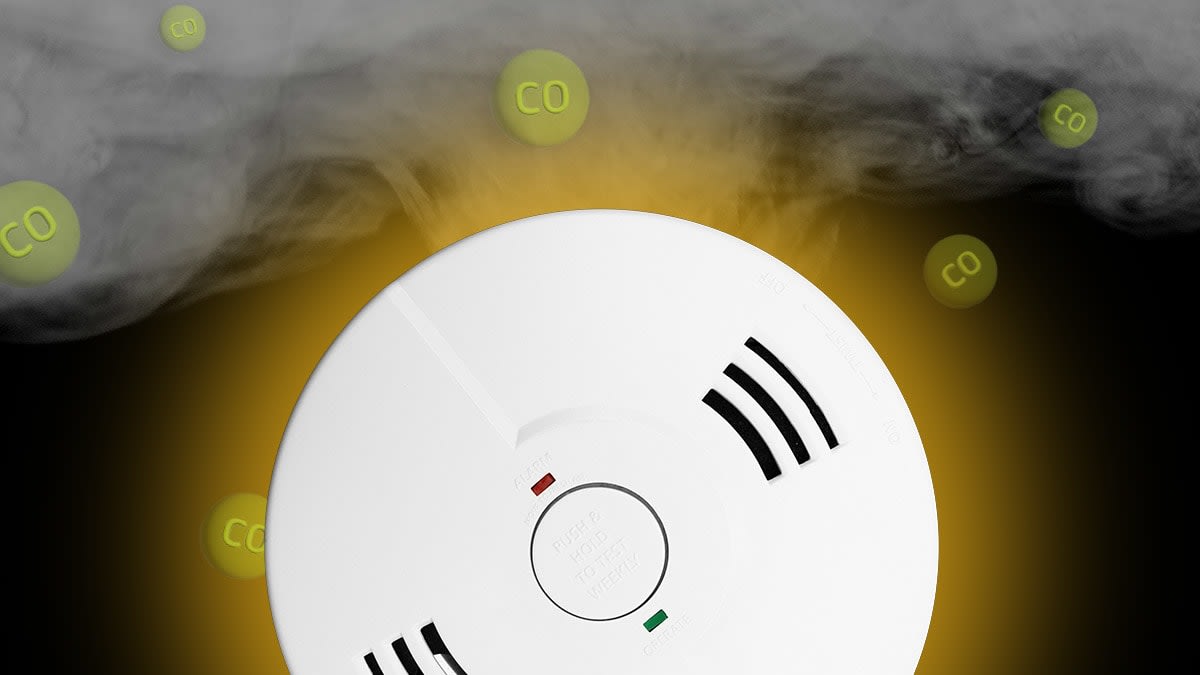
That’s why we put dozens of models to the test. In our lab, we expose them to low CO levels (100 parts per million) and high CO levels (400 ppm) to see how quickly and accurately they detect the colorless, odorless gas. For models that display or announce specific CO levels, we check the accuracy of those readings.
It’s comparable to the way we test smoke detectors, exposing them to flaming fires and smoldering, smoky fires to see how well they handle both.
Most detectors need to be hardwired, battery-powered, or plugged into an outlet. To determine the type you need, remove the detector in your home from its mount.
- Hardwired detectors require special wiring that’s typically found only in newer or renovated homes. It runs from the detector into a wall or ceiling.
- Battery-powered detectors are wireless, which means they can be installed anywhere. They typically use replaceable batteries (usually 9-volt or AA) or lithium batteries that are sealed inside and last 10 years.
- Plug-in detectors receive power from an outlet. Like hardwired detectors, though, they have a backup battery that takes over in the event of a power outage and those batteries need to be replaced annually.
Newer models offer other helpful features—like smart home alerts via a mobile app or the ability to work in unison with other detectors, so when one goes off, they all do.
To see every model we’ve tested, visit our smoke and carbon monoxide detector ratings (available to everyone, free of charge). For more help in selecting the model that’s best for you, check out our buying guide, too. Below are the best smoke and carbon monoxide detectors, depending on your home’s needs.
Source link

